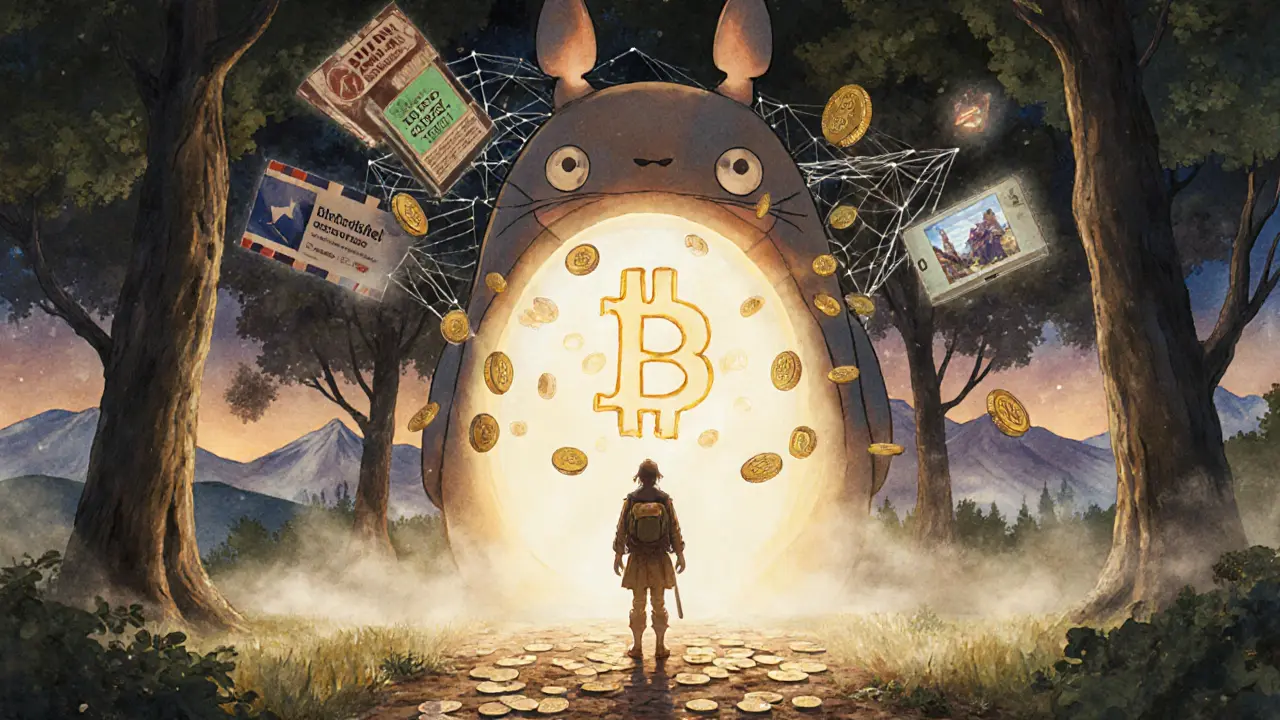Fake Crypto Exchange: How to Spot Scams and Avoid Losing Your Crypto
When you hear about a new crypto exchange offering 10x rewards or zero fees, stop and think. A fake crypto exchange, a fraudulent platform designed to steal funds under the guise of a legitimate trading site looks just like the real thing—until it’s too late. These platforms don’t hold your coins. They don’t process trades. They just take your money and vanish. In 2024 alone, over $1.2 billion was lost to crypto scams, and nearly half of those came from fake exchanges pretending to be real. The worst part? Many users don’t realize they’ve been scammed until they can’t log in, withdraw, or even find the website anymore.
How do you tell the difference? Look for three things: regulation, transparency, and community. A real exchange like those reviewed here—ZT, Karatbit, Scalpex, or HollaEx—has public licensing info, verifiable team members, and active support channels. A fake crypto exchange, often operates without any legal registration and hides its ownership behind vague terms and anonymous domains. Check if it’s registered with FinCEN, the SEC, or any state money transmitter license. If you can’t find that info, it’s not legit. Also, search for user reviews outside their website. If every review is glowing and posted the same day, or if people are complaining about unresponsive support and failed withdrawals, that’s a red flag. The unregulated exchange, a platform operating without oversight from financial authorities doesn’t care if you lose money—it only cares if you deposit it.
Some fake exchanges even copy the names of real ones. ZT Exchange, for example, has multiple clones using similar domains and logos. Others create fake airdrops like CAKEBANK or ExzoCoin 2.0 to lure you in—promising free tokens, then asking for your seed phrase to "claim" them. That’s how they steal everything. A real airdrop never asks for your private keys. A real exchange doesn’t pressure you with countdown timers or fake trading volume. And a real platform won’t disappear after a few months, leaving users with worthless tokens like NUX or SHIDO, which have no liquidity, no team, and no future.
Scams evolve, but the patterns don’t. If it sounds too good to be true, it is. If you can’t find a clear regulatory status, walk away. If the website looks rushed or has broken links, don’t trust it. And if the support team doesn’t reply after three emails, they’re not there to help—they’re there to collect. The cryptocurrency fraud, intentional deception to obtain crypto assets through false promises or fake platforms industry is huge, but you don’t need to be an expert to protect yourself. Just ask the right questions before you deposit a single dollar.
Below, you’ll find real reviews of platforms that raised red flags—ZT, Karatbit, Shido DEX, Scalpex—and deep dives into how scams like CAKEBANK and Peanut.Trade fooled people. These aren’t hypotheticals. These are cases where real people lost real money. Learn from them before it’s your turn.
Ankerswap Crypto Exchange Review: Why It Doesn't Exist in 2025
Ankerswap is not a real crypto exchange in 2025. No regulatory licenses, no user reviews, no trading volume. This review exposes it as a scam and lists legitimate alternatives you can trust.





